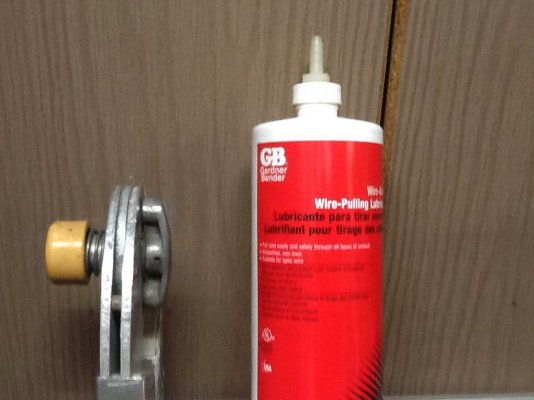We just purchased a 2009 34T Mainship trawler. There is a Raymarine VHF radio mounted on the upper helm (Fly-bridge), and I would like to add a second companion VHF on the lower helm along with stereo speaker wires too. I'm was having a very difficult time trying to feed fish tape / wire down the existing conduit (wiring harness) on the on the starboard side. I finally managed to get pull string down to the bilge area above the fuel tank.
But trying to pull my new VHF cable and speaker wire up thru the existing conduit is not working. It keeps getting hung up. I was hoping that someone might have experience with this problem.
Thank you
But trying to pull my new VHF cable and speaker wire up thru the existing conduit is not working. It keeps getting hung up. I was hoping that someone might have experience with this problem.
Thank you

